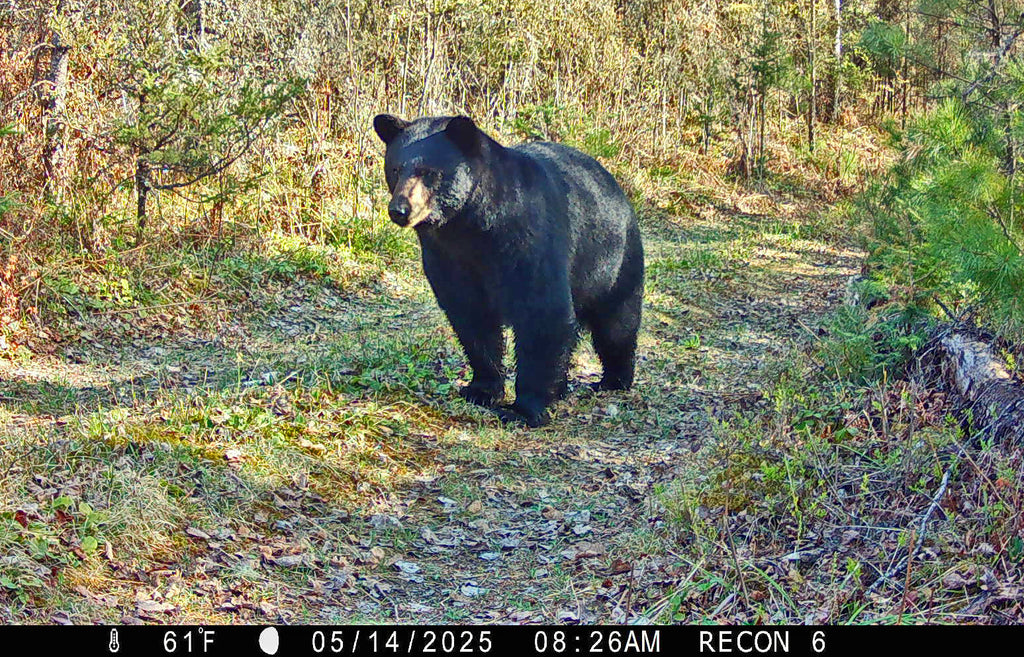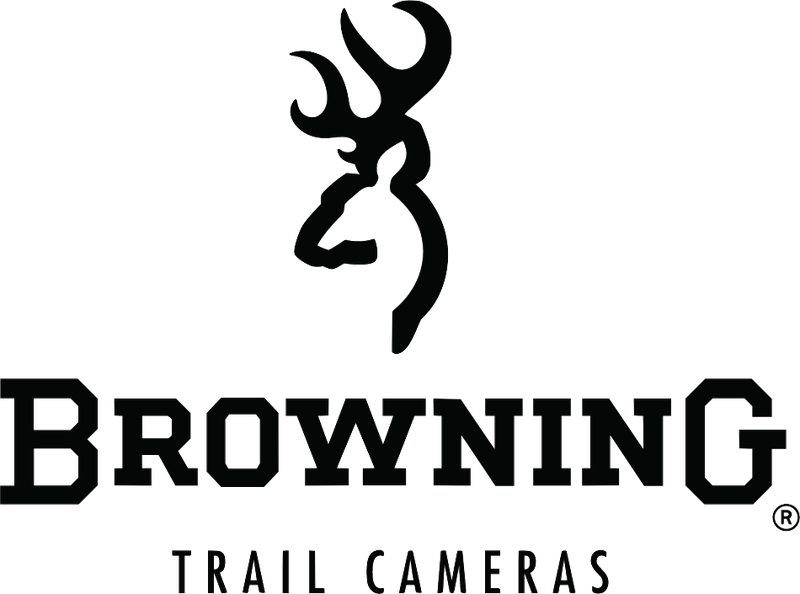10 Ways Trail Cameras Keep Your Land Safe

For anyone who owns or manages land, safety is always a top priority. From protecting livestock to monitoring wildlife or simply keeping an eye on who’s coming and going, having reliable surveillance can make a world of difference. Trail cameras have become an essential tool for landowners, farmers, hunters, and outdoor enthusiasts, providing a cost-effective way to monitor property and ensure safety. Here are ten key ways trail cameras work to keep your land safe.
1. Monitoring for Predators
If you have livestock or pets that roam your land, predators are always a concern. Coyotes, foxes, wolves, and other animals pose threats to livestock, especially during calving or lambing season. Trail cameras help you monitor the presence of these predators and can alert you when their activity is picking up. By identifying peak times for predator activity, you can plan your defenses more effectively, keeping your animals safe.


Image: Bill Ziegler
2. Deterring Trespassers and Intruders
A strategically placed trail camera acts as a powerful deterrent against trespassers. When people see cameras, they’re more likely to stay away or think twice before entering private land without permission. The presence of a camera signals that the property is under surveillance, and with cellular or livestream trail cameras, you can receive real-time alerts if someone does step onto your land.
3. Tracking Unwanted Visitors
For trespassers or poachers, trail cameras provide clear photographic evidence. High-resolution images and video clips can capture identifying details, like vehicle license plates, clothing, and physical features. If a serious security breach occurs, this information can be invaluable for reporting to law enforcement or taking further legal action.
4. Keeping an Eye on Livestock Health and Behavior
Landowners who manage livestock can use trail cameras to monitor animal health and behavior without having to be physically present. You can capture footage of livestock near watering holes, feeding stations, or pastures. If animals appear to be distressed, lethargic, or behaving unusually, the footage can clue you in to potential health issues. Monitoring herd behavior from a distance can help detect problems early, preventing loss and ensuring healthier livestock.
5. Identifying Weak Points in Fences or Gates
Over time, fences and gates deteriorate or can be damaged by animals or environmental factors. A trail camera positioned near a property boundary can help detect animals that might be pushing against or breaking through fences, or even capturing people who tamper with gates. With recorded footage, you can identify weak points and reinforce boundaries before they lead to a security risk.
6. Monitoring Environmental Hazards
Flooded areas, fallen trees, or eroded paths can pose hazards to people and animals alike. Trail cameras set up in vulnerable locations can alert you to these dangers as they develop. By knowing where these hazards are, you can take action quickly to protect your animals and secure your propert
7. Capturing Wildlife Activity for Land Management
Understanding the patterns and habits of local wildlife is essential for land management, especially for those who hunt or manage wildlife populations. Trail cameras can capture footage of deer, birds, and other local animals, providing a wealth of information about your property’s ecosystem. This insight helps you make informed decisions about conservation practices, hunting schedules, and land use planning.
8. Keeping Track of Weather-Related Events
Bad weather can bring unexpected risks to your property, such as flooding, landslides, or lightning strikes that can start fires. Cameras positioned in key areas can capture footage of these events, allowing you to monitor the conditions and take preventative action. For example, if a camera shows a creek rising rapidly, you’ll know to move livestock to higher ground before a flood occurs.
Video: Russ Gleixner
9. Documenting Seasonal Changes on Your Property
If you’re managing land with a focus on conservation, agriculture, or wildlife, keeping a record of seasonal changes is invaluable. Trail cameras capture the evolving landscape across seasons, such as the changes in plant growth, patterns of wildlife activity, or variations in water sources. This documentation helps with long-term land planning, crop management, and understanding how environmental factors affect the safety and usability of your land.
Video: Oko Lesa - Slovakia
10. Getting Real-Time Alerts and Immediate Response Options
Perhaps the greatest safety advantage of modern trail cameras is real-time alert capability. With cellular and livestream trail cameras, you can receive immediate notifications on your smartphone whenever movement is detected. This allows you to respond to threats in real-time. The ability to act quickly can prevent minor issues from turning into serious problems, making cellular trail cameras a worthy investment for land safety.
Choosing the Right Trail Camera for Your Needs
When selecting a trail camera for land safety, focus on features that align with your goals. Consider high-resolution image quality, fast trigger speeds, and night vision capabilities for clear, reliable footage at all times. For those in remote areas, an external power pack or solar-powered accessory may be ideal.
How to Maximize Your Trail Camera’s Effectiveness
Once you have the right trail camera in place, it’s important to position it strategically for maximum coverage and protection:
● Identify High-Traffic Areas: Position cameras near paths, watering holes, or other areas frequented by wildlife or intruders.
● Protect Against Theft: Use locks or mount the camera higher on a tree or post, making it harder to reach and tamper with.
● Check and Maintain Regularly: Regularly clear away debris or growth that may obstruct the camera’s view, and check batteries and memory storage as needed to ensure continuous coverage.
Trail cameras have evolved from simple tools for hunters to essential safety devices for any landowner. By strategically placing cameras around your property, you can gain peace of mind knowing that you have a reliable surveillance system working around the clock. Whether you’re protecting livestock, monitoring wildlife, or deterring trespassers, trail cameras provide an efficient and effective way to keep your land safe.
With trail camera technology constantly advancing, you now have more options than ever to safeguard your property and respond quickly to potential threats. So consider outfitting your land with a network of trail cameras that fit your specific needs, and enjoy the benefits of an extra set of eyes keeping watch over what matters most
